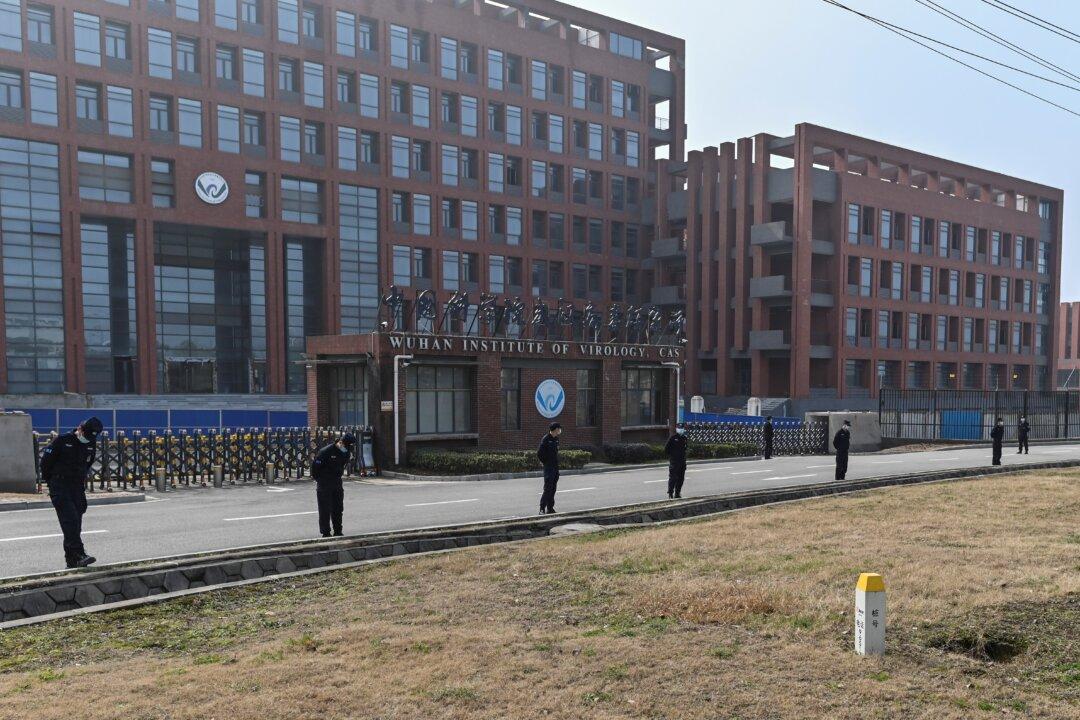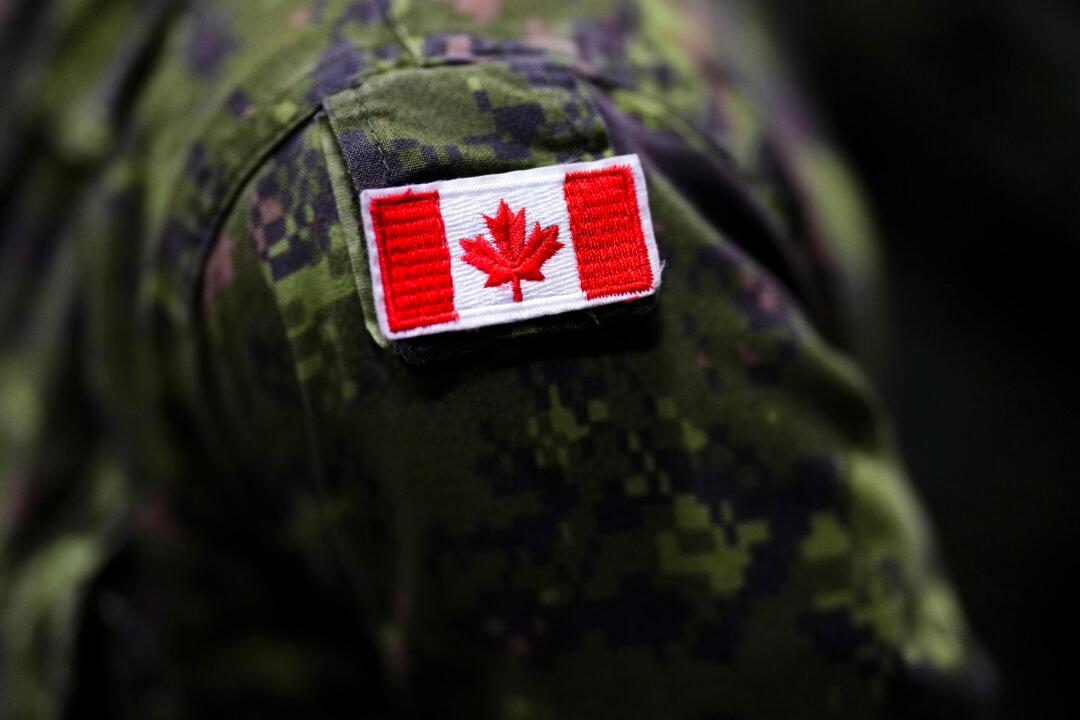Xiangguo Qiu, one of the two scientists fired from Winnipeg’s high-security laboratory, was involved in gain-of-function research at the Wuhan Institute of Virology, a recently declassified intelligence document shows.
The document also says that Ms. Qiu was advised to conceal her project from the National Microbiology Laboratory (NML) in Winnipeg, as the Wuhan Institute of Virology (WIV) had asked for virus samples from the Canadian lab.





